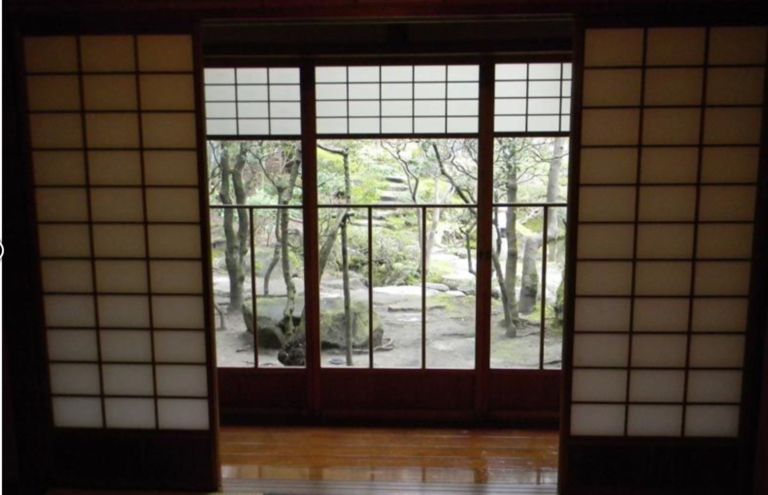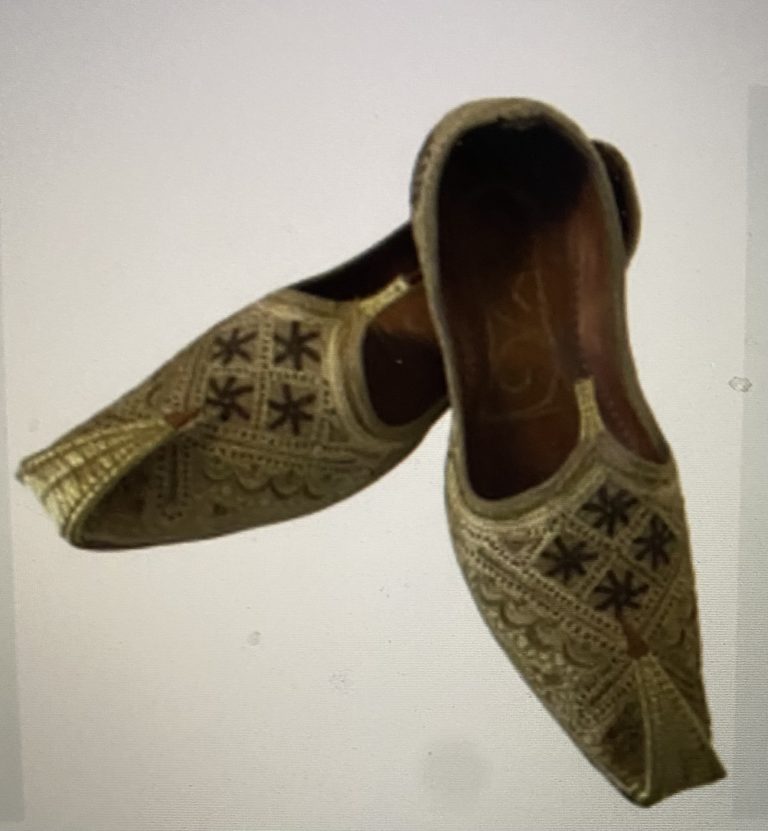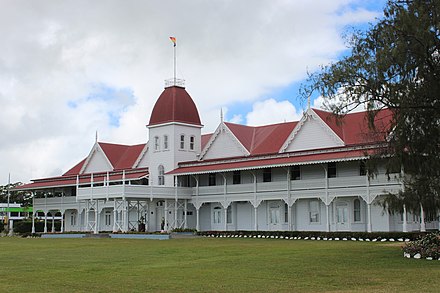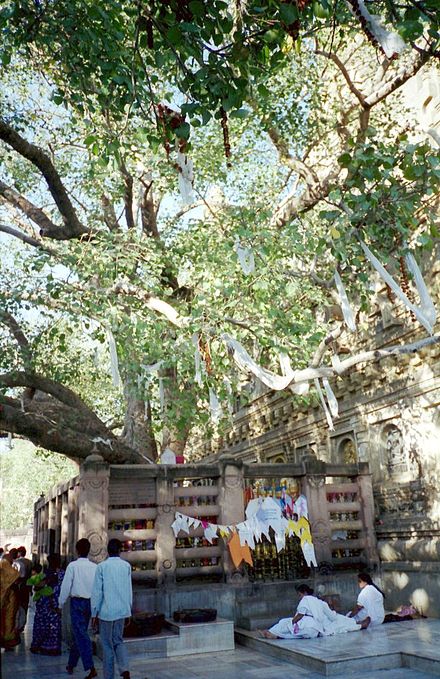Sunday in Ortigia
Of all the places we enjoyed over five summers in Sicily, Syracuse on the south-east of the island, or rather the ancient island of Ortigia at its tip, was the favourite. It was the site of one of the earliest Greek colonies, Greek was spoken by its inhabitants only a few centuries in the past and the easy spirit of ancient Greece still lingered in places. There was a ruined temple where Plato and other Greek notabilities had worshipped. Archimedes, born later and killed when the Romans took the city, was Ortigia’s own son and so there was an Archimedes Square and, more up to date, the Eureka bathroom fittings shop.
I took a house on the western side, looking down into the Ionian Sea with a flat roof where we could barbecue every evening and watch the red ball of the sun plunge into the sea. To the left was the round tower of a fortress built by Frederick II Hohenstaufen when he inherited the kingdom from the Normans. You lived with the sound of the sea breaking on the rocks below and walked everywhere in Ortigia, to the shops and round the corner to the morning market for fresh fish and vegetables. It was a cheerful, noisy place filled with people shouting their wares and elderly Sicilian ladies carefully inspecting and then haggling over some fruit. They overcharged us with an easy skill, but it was worth it for the pleasure of the discussion, in broken Italian and equally broken English.
At the end of the island was a Greek masterpiece. The temple of Athena, built in 480BC, was of impressive size with a bronze gilt shield of Minerva on the roof which flashed in the sun and served as a navigation marker for ships coming into port. The temple stayed faithful to Athena for half a millennium but when Christianity arrived its grandeur, central position and sacred aura made it difficult to abandon. Instead, the practical Greek churchmen simply walled in the gaps between the thirteen huge fluted columns on each side, replaced Athena with Our Lady and Syracuse had its cathedral where St Paul, after being shipwrecked on Malta in AD 60, is said to have preached.
I said to the family (three of my children and a grandson) that the approaching Sunday was Julie’s birthday and also the feast day of St Gerald. Such an occasion had to be observed properly and I asserted that your mother would prefer that we attend High Mass with its accompanying choral music. This claim was accepted, but not without a little skepticism since I had already been guilty once in France of overselling the merits of ecclesiastical music.
We sat in the cathedral admiring the procession of pillars along the walls and conscious, despite the baroque altar, of the Greek imprint on the proceedings. The other two cathedrals in Sicily were Gothic and the huge mosaics of Christ over each altar were Byzantine and God-haunted where the Ortigian church had the every-day practicality of perhaps St Paul. That was as far as we got in spiritual reflection. There was no sung mass and indeed no choir. Instead, we had a squat nun with a karaoke microphone who walked up and down the aisle singing modern hymns painfully out of tune and followed reluctantly by some of the congregation. The archbishop did not appear, the sermon was given by a priest and may have been in Sicilian dialect.
After that there was nothing left but to visit the battered sandal and brown cloak said to have belonged to St Lucy, patron saint of Syracuse and martyred in 300 AD. Outside the cathedral I avoided everyone’s eye but turned the page firmly by pointing across the sunbaked square to the awnings of a restaurant and saying, Lunch!





